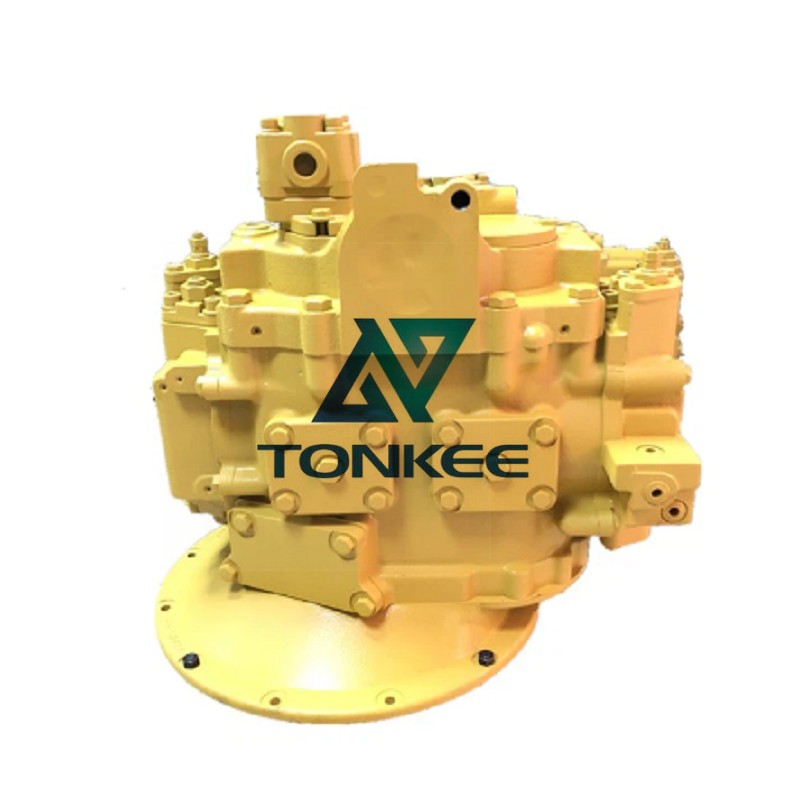
The CAT320D2 hydraulic pump is specifically designed for this excavator model and is manufactured by Caterpillar, a renowned company known for producing high-quality construction equipment.
This pump is engineered to deliver exceptional performance and reliability, ensuring smooth and efficient operation of the excavator.
The hydraulic pump is a positive displacement pump, specifically a variable displacement piston pump, commonly known as an axial piston pump. It consists of a housing that encloses a set of pistons arranged in a circular pattern. These pistons move in and out as the pump rotates, generating hydraulic pressure.
One of the notable features of the CAT320D2 hydraulic pump is its variable displacement capability. This means that the pump can adjust the flow rate of hydraulic fluid according to the specific requirements of the excavator's different hydraulic functions. The pump can vary its displacement by changing the angle of the swashplate, which controls the piston stroke length. This flexibility allows the excavator operator to adjust the digging force and speed, optimizing performance for various tasks.
The hydraulic pump is driven by the excavator's engine through a power take-off (PTO) mechanism. As the engine rotates, it transfers power to the hydraulic pump, enabling it to generate hydraulic pressure. The CAT320D2 hydraulic pump is designed to withstand high operating pressures and temperatures, ensuring long-term durability and reliability even under demanding working conditions.
To ensure efficient operation, the hydraulic pump requires clean hydraulic fluid.
Therefore, the excavator's hydraulic system includes filtration and cooling mechanisms to maintain the fluid's cleanliness and temperature. These features help to prevent premature wear and damage to the hydraulic pump and other hydraulic components.
Maintenance of the hydraulic pump is crucial for its longevity. Regular inspections, including checking for leaks, monitoring fluid levels, and assessing the condition of seals and bearings, are essential to identify and address any potential issues promptly. Proper lubrication of the pump and adherence to manufacturer-recommended service intervals contribute to the pump's optimal performance and extended lifespan.

















